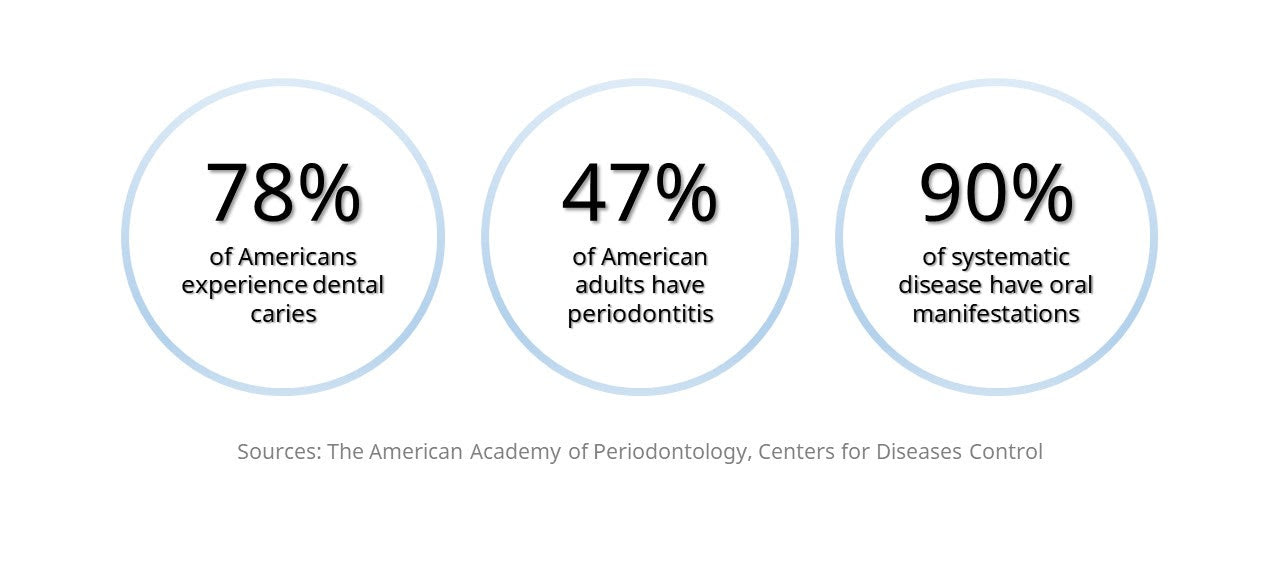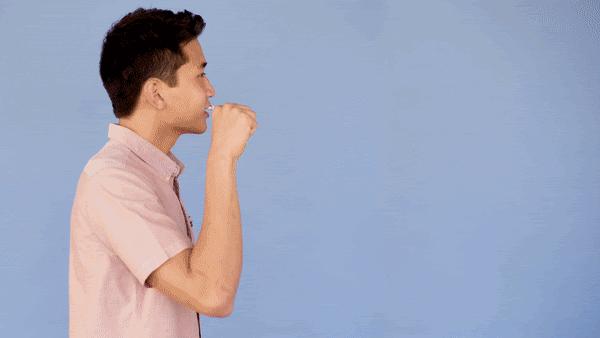Why Bristl?
We Need Better Protection for Our Oral Health


RED and Near-UV Light Therapy in Dentistry have been Demonstrated by Scientists and Clinicians to

Light Works by Making Changes at Cellular Level
"Biologists have found that cells exposed to infrared light from LED... grow 150 to 200 percent faster... The light arrays increase energy inside the cells that speed up the healing process."
NASA News 2003


PHOTOTHERAPY
Phototherapy is effective in a number of clinical situations (e.g., pain relief, wound healing, sports medicine). Both visible and infrared radiation have been shown to be beneficial in such therapies. These two radiations differ dramatically in their photochemical and photophysical properties, so how can they produce similar clinical results?
Visible light produces photochemical changes in photoreceptors in the mitochondria, which alter metabolism, and lead to signal transduction to other parts of the cell (including membranes). This leads to the photoresponse (i.e., biostimulation), by the photoactivation of enzymes.
The photochemical and photophysical properties of infrared radiation are much different than those of visible light. It has been proposed that infrared radiation starts the cascade of metabolic events by its vibrational effects on the membranes (probably the Ca++ channels). Calcium ions are intracellular messengers in many signal-transducing systems.
These cellular responses are described in the figure below.

In the visible region, when a photon of light is absorbed by a molecule, the electrons of that molecule must then lose their extra energy, and it can do so either by re-emitting a photon of longer wavelength (i.e., less energy), as fluorescence or phosphorescence, or it can lose energy by giving off heat, or it can lose energy by undergoing a photochemical change.
The absorption of infrared radiation results in molecular rotations (rotation of the whole molecule about some axis), and molecular vibrations (stretching or bending of bonds), and heat.
If a wavelength of light is used that is not absorbed, then there will be no biological effect of phototherapy.
Note that light only stimulates cells that are growing poorly. Thus, if a cell is fully functional, there is nothing for the light to stimulate, and no therapeutic benefit will be observed. A similar analogy is that patients will not show a beneficial effect of vitamin therapy if they already receive an adequate supply of vitamins in their daily diet.
Excerpted from: The Photobiological Basis of Low Level Laser Radiation Therapy by Kendric C Smith, Laser Therapy 3, 19-24 (1991)Kendric C. Smith, Ph.D.
Professor Emeritus
Department of Radiation Oncology (Radiation Biology) Stanford University School of Medicine Stanford, CA
The Founder and First President of the American Society for Photobiology, 1972
Proven Clinical Benefits of Bristl
Our Clinical trial showed that Bristl significantly improves gum health more than a sonic electric toothbrush. These findings were not only published in the Journal of Periodontal & Implant Science, an internationally recognized SCI journal, but also presented at international seminars.
Results and conclusion: PPD (Periodontal Pocket Depth) and CAL (Clinical Attachment Level) showed significantly greater changes in the SRP+PT (Scaling and Root Planing + Phototherapy) group than in the SRP group. Adjunctive Phototherapy seems to have Clinical Benefits.



Bristl Meets Quality Standards

